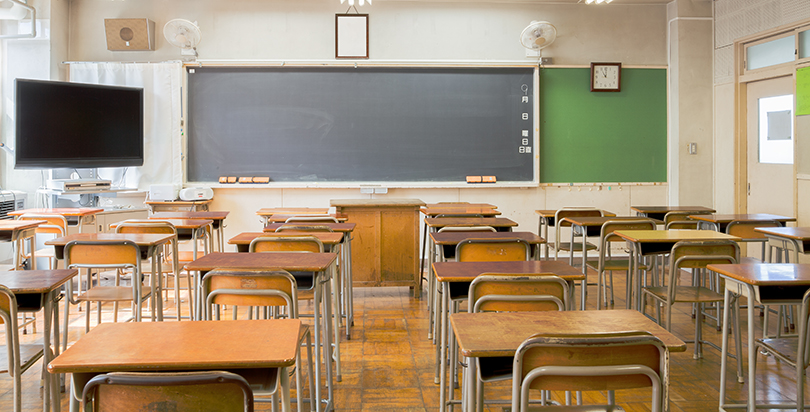Sigmund: In New York’s Schools, a Serious Transparency Problem When It Comes to Student Data

Our economy depends on these graduates, and the stakes are high. What’s going on in our high schools that leaves so many students unprepared?
The problem is that far too many states can’t answer this question. There is an astonishing lack of publicly reported data on student performance in grades K-12, and the information that is reported varies widely across states. The fact is that states cannot make good education policy and practice decisions — and ultimately cannot improve student performance — if they don’t have basic information about how students are performing along the way. How do you fix a problem without understanding how it came to exist in the first place?
New York is below the national average in reporting important indicators of student success. Although the state gets kudos for reporting on 4-year graduation rates and college and career ready coursework and assessments, there’s much more that could be helpful. For example, how many students are on track to graduate based on credit accumulation, and how many students are taking advanced level coursework? The New York State Education Department should be able to add these success indicators to its regular reporting schedule, which could be beneficial to parents, teachers, and administrators.
There are also spotty and inconsistent data on what happens to our students after high school. How many go on to college, and of those, how many students need remedial courses? How many students finish their first year and return for a second? Of those students, how much less likely are disadvantaged students to do so?
Answers to these questions are needed to measure the achievement gap across the state and help indicate institutions that are doing well or need improvement in these areas. Right now, community colleges spend $7 billion per year on remediation nationally, while students receive no credit for those courses. It’s terrible, especially at a time when millions of students face crushing amounts of debt.
New transparency reports from Achieve, an education nonprofit that works with states, reveal the severity of states’ transparency problems when it comes to student performance data. In trying to compile a national picture of high school graduates’ readiness, Achieve encountered data voids left and right. Only 20 states report how many grads have finished a course of study that will leave them ready for college and career. Just nine report how many students are on track to graduate. When states do report data, they too often neglect to break the data down by student subgroups, masking achievement gaps for low-income students and students of color. Without information on how students are doing along the way, educators and parents can’t step in to help until it’s too late.
States owe it to students, their families, and their teachers to be transparent about student achievement. It isn’t enough to simply report a graduation rate. The rigor of the high school courses students take to graduate also matters. Do they line up with college entrance requirements? Will they provide them with key skills employers say they need from job applicants? It’s also important to report information on what happens after students leave high school; the rates at which students enroll, persist, and are required to take remedial classes in college are key indicators of how well the K-12 system is preparing those students for success.
Across the country, people are talking about the importance of having college- and career-ready high school graduates — that’s a good thing. Our future depends on these students, and their preparedness for success should be a top national priority. But for all the talk of its importance, too many states actually don’t know how they’re doing in improving the readiness of their grads. Until parents, educators, and policymakers have the information they need to make better decisions, students will be the ones who suffer.
Stephen Sigmund is the executive director of High Achievement New York.
Get stories like these delivered straight to your inbox. Sign up for The 74 Newsletter

;)